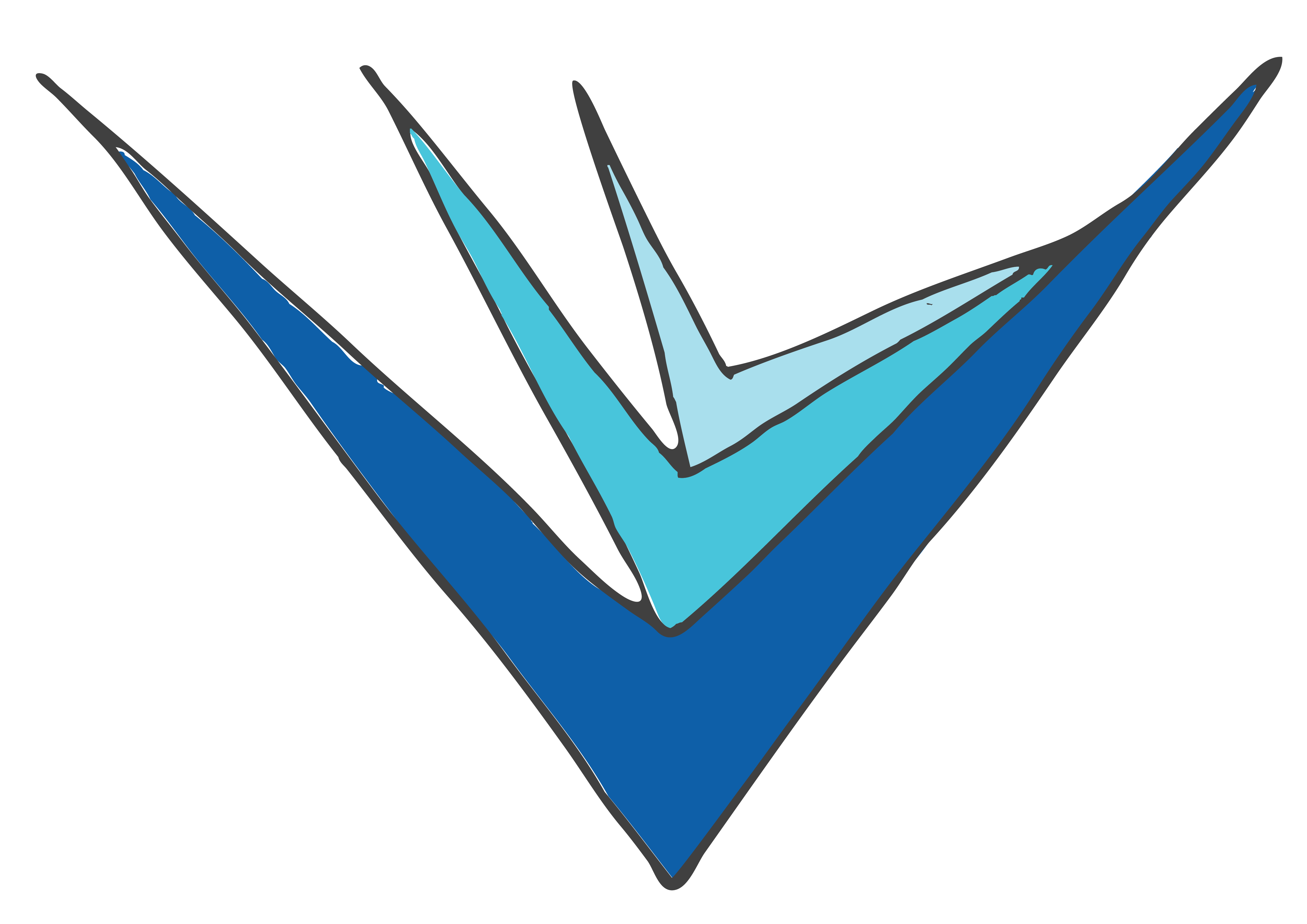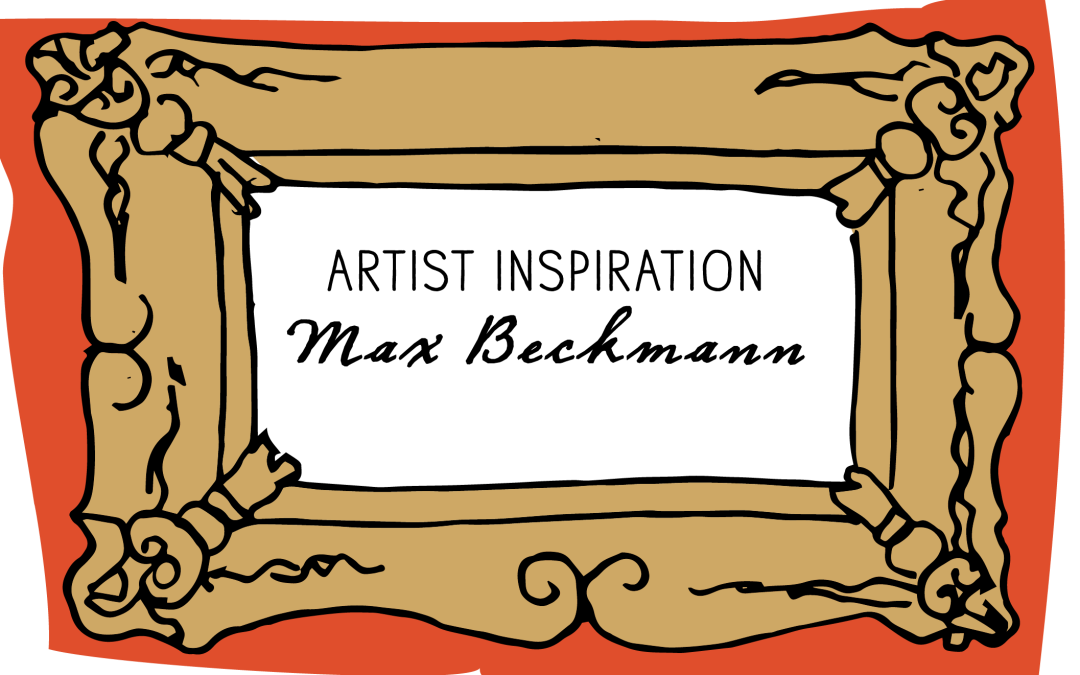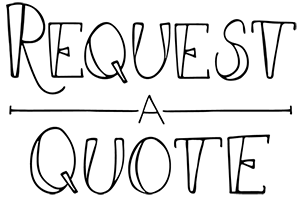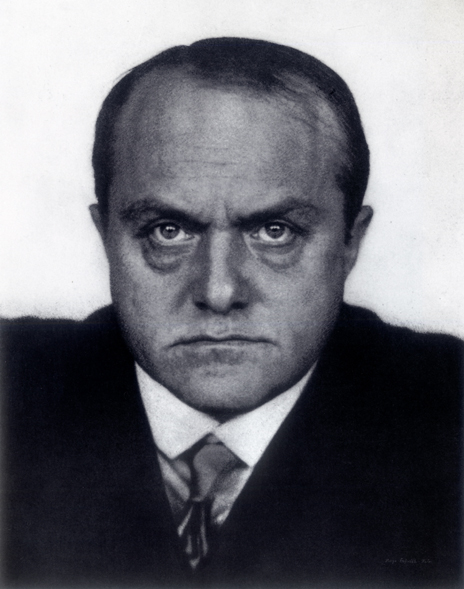
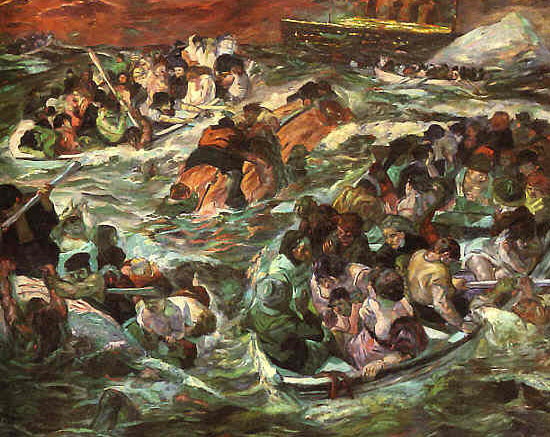
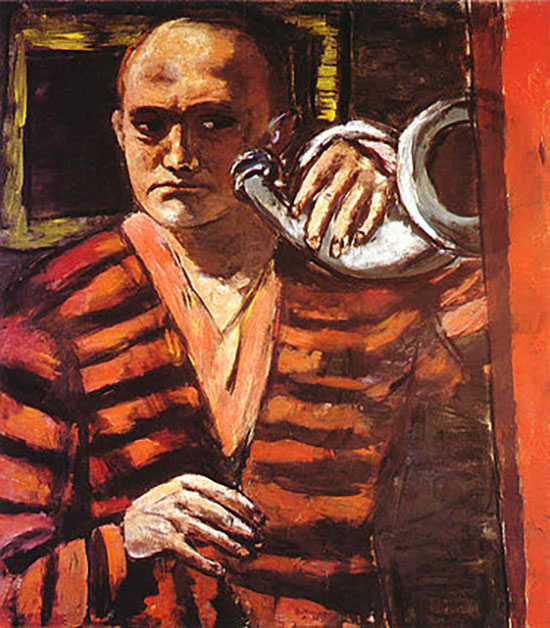

Max Beckman (1884 – 1950) was a German painter, draftsman, and printmaker commonly associated with the Expressionist movement, although he classified himself as part of the New Objectivity movement: an offshoot of Expressionism that rejected the introversion of the movement. Born in Saxony, his experiences during World War I transformed his style from one of accurate depictions to distortions of the people and spaces he depicted. Well-read in philosophy and literature, Beckman explored the themes of mysticism and theosophy in work in addition to the self-portraits he created throughout his career.
Unlike most avant-garde artists of his time, Beckman worked in the tradition of figurative painting. He reinvented the triptych and archetype of medieval painting into allegories that spoke to contemporary humanity. His work reflected the radical changes in both art and history. His work deals with the themes of terror, redemption, and the mysteries of eternity and fate.
Beckman enjoyed great success in the Weimar Republic. He was appointed as a teacher at the Academy of Fine Art in Frankfurt and had many exhibitions throughout the 1920’s. However, his fortune changed once Hitler came to power. Hitler disliked modern art and worked to suppress it. Beckman was relived of his role of professor and 500 of his works were confiscated from German museums. Beckman fled to Amsterdam and eventually to the United State where he taught as several USA institutions. He died after Christmas in 1950 by a heart attack near Central Park.
Images from top to bottom
Sinking of the Titanic, 1912 / Self-portrait with Horn, 1938-40 / The Night, 1918
